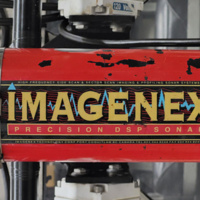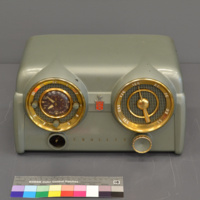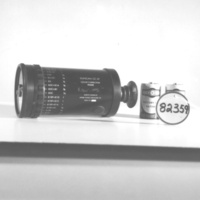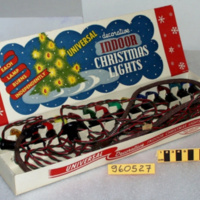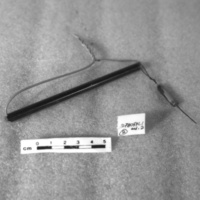Browse Exhibits (257 total)
Precision Making in Canada Before 1918
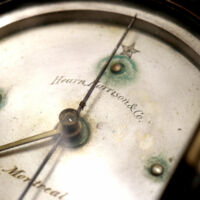
In the 19th century, most precision making in Canada was connected to surveying and navigation, such as sextants, theodolites and maritime instruments. As the 20th century arrived, a larger population increased local demand for other types of precision-made technology, such as clocks and medical supplies.
Makers were often settling families bringing skills with them from Europe. As makers of scientific equipment, many were central to early scientific society in their communities.
The artifacts in this exhibit represent the types of artifacts, and types of makers, that typified the emergence of precision manufacturing in Canada.
Precision Making 1918 to 1945
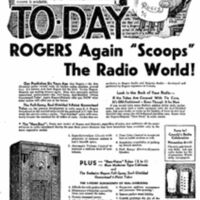
The period between the First and Second World Wars was a period of dramatic development in Canadian science and manufacturing.
The First World War triggered an increase in Canadian science and innovation which benefitted from instruments made nearby. At the same time, new protectionist measures enacted during the war contributed to increased Canadian-based manufacturing, especially in electrical apparatus.
When World War Two arrived, small electronics and navigational instruments companies grew quickly to fullfill wartime military demand.
This exhibit showcases artifacts that reflect this moment of opportunity and challenge.
Precision Making in Canada After 1945
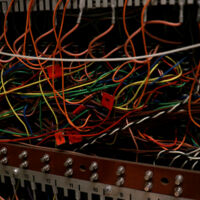
After World War Two, science and technology in Canada developed quickly in government and industry.
In government labs, new post-war science required newly designed equipment, leading to numerous innovations in peacetime scientific equipment. New and existing precision manufacturing companies seized on new inventions and invested in the development of technologies with commercial possibilities, selling them to an increasingly global market.
This exhibit includes artifacts from many stories of Canadian scientific innovation that resulted in technologies--especially those focused on environmental measurement--still used today around the world.
Spotlight on Alberta
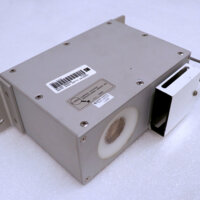
At the turn of the 20th century, cities were blossoming in Canada's western provinces. In Alberta, main industries--agriculture, forestry, and the beginnings of the province's oil industry--were driving steady population growth. Technical education was growing as well: The University of Alberta's Engineering Department was founded in the 1910s, signalling government investment in training necessary for supporting and growing the province's technical needs. In 1921, Alberta was the first province to found its own Research Council, the The Alberta Research Council, now the provincial company Alberta Innovates.
